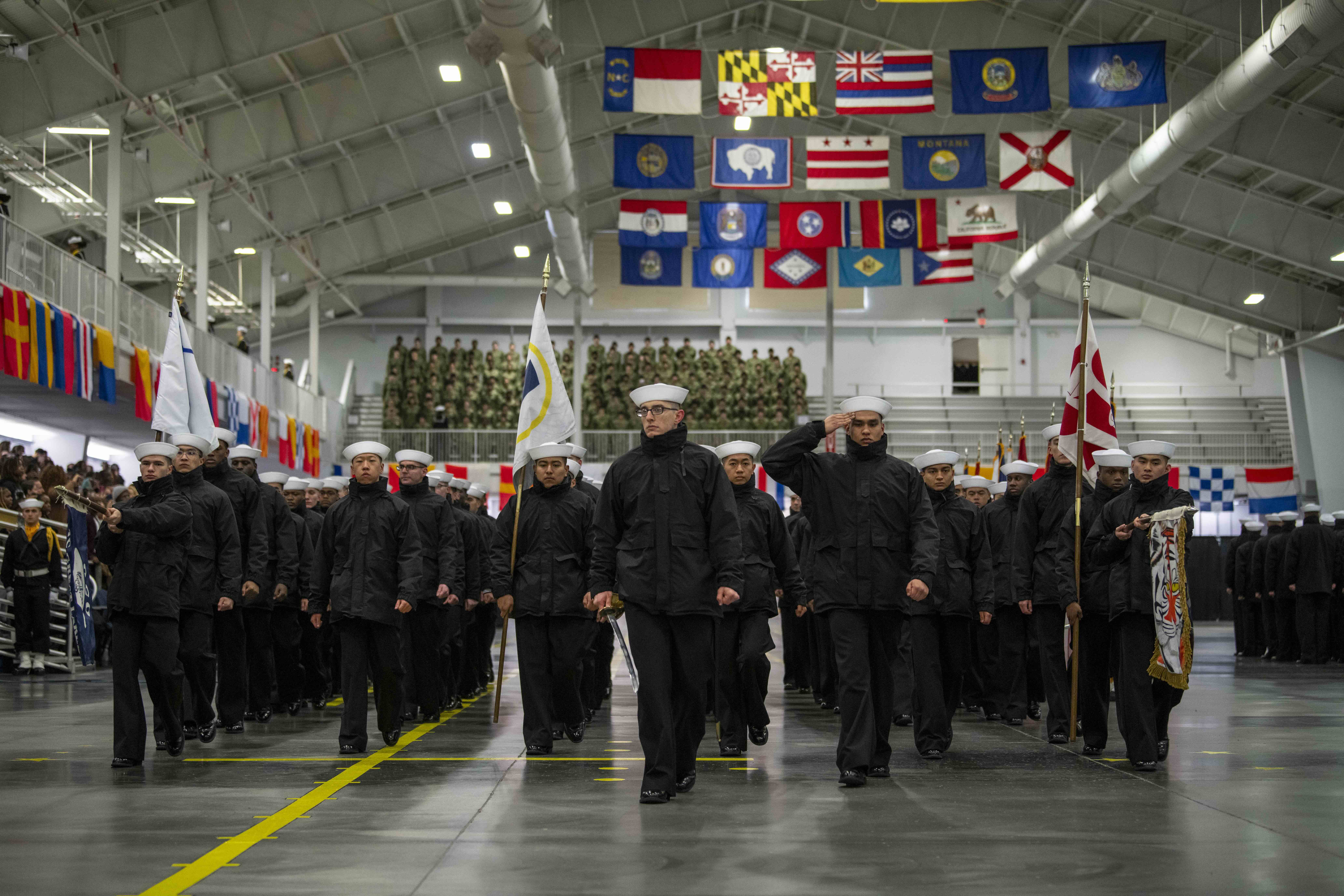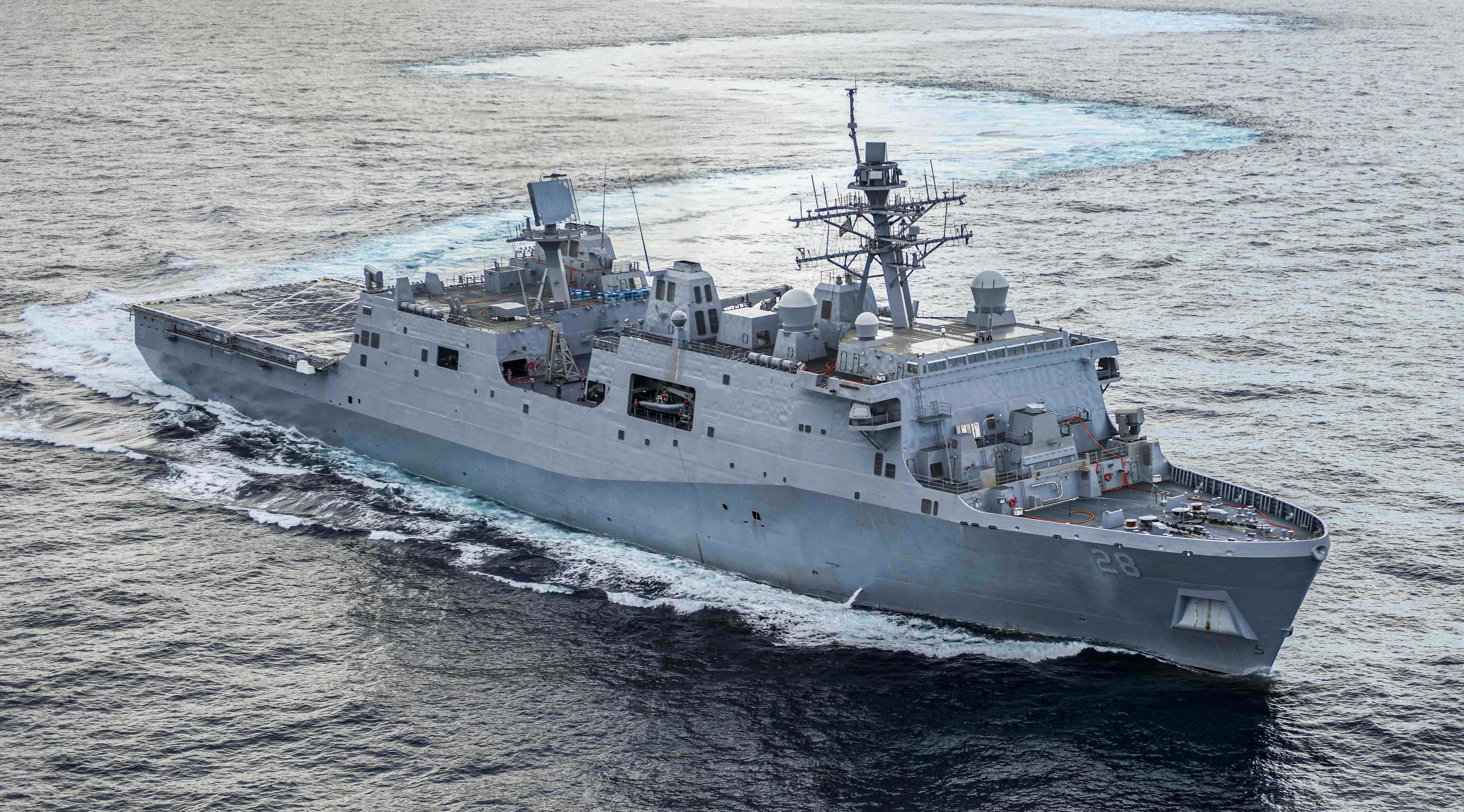
It is a truth universally acknowledged by Navy leadership that the sea service has a manning problem , and a stress one.
The Navy missed its recruiting goal for enlisted sailors by approximately 7,000 sailors; its gap at sea among junior sailors is at 22,000. A recent report on the Navy’s Health of the Force Survey found that two of every five enlisted sailors, up to E-6, reported experiencing severe or extreme stress.
Manning and stress are linked problems, human factors engineer John Cordle told USNI News. Manning levels at less than 100 percent mean more work for sailors. More work means cutting into sleep hours. Less sleep creates more stress, Cordle said, who added he was not speaking as a representative of the Navy.
The Navy is already a stressful place of employment, Cordle said. But the lack of sleep caused by manning shortages and extended deployments and maintenance periods raises stress levels. Stress at work also often follows sailors home, creating another avenue of tension.
It is not just the lack of bodies to fill positions, Rear Adm. Brett Mietus, director of the Navy Culture and Force Resilience Office, under the Office of the Chief of Naval Personnel, told USNI News in late February. The Navy also wants to make sure the right person is in each billet – the Navy’s fit/fill metric.
“But it’s kind of funny sometimes because people just believe that there’s this huge pool of people sitting somewhere, we’re just not providing them,” Mietus said. “We don’t have those people. And so it’s about smartly allocating what we have and listening to fleet commanders on what they need, and doing so in a way that’s respectful of our people.”
The Navy acknowledges the stressful environment. Pilot programs such as deploying therapy dogs on ships and Expanded Operational Stress Control (E-OSC) as part of the sea service’s culture of excellence are meant to help drive stress levels down, Cordle said.
The E-OSC is a congressionally mandated resilience program, Mietus said. The Navy is working to combine it with the service’s warrior toughness program, he said.
The Navy is trying to give sailors the tools and skills necessary to handle increased stress.
“We look at our equipment that way,” he said. “We just need to look at our people that way.”
But even with the tools the Navy has, there are shortages, Cordle said. One area in which the Navy is consistently lacking is the number of mental health professionals. The Navy does not have enough people to help sailors who need mental health support, including from increased stress, Cordle said. This problem was highlighted in the Navy’s investigation into a series of suicides among sailors assigned to USS George Washington (CVN-73), USNI News previously reported.
While the Navy survey found increased trust in leadership, especially in senior enlisted leaders, leadership can contribute to stress, Cordle said. It only takes one toxic leader to stress out sailors. Leaders also deal with stress from manning issues, home tensions and extended deployments. That cuts into their sleep, Cordle said.
And when people are tired and cranky, they may take it out on their teams, causing additional stress on those sailors.
“It’s the secondary effects of manning on the underway work schedules and lack of sleep [and] the in-port work schedule and the impact on the home life of those schedule changes,” Cordle said.
When Mietus looks at the results from the Navy’s Health of the Force Survey, he sees the challenges facing the Navy, but also some statistics that give him a reason to be optimistic. He likes to point to one graph.
Mietus looks at the graph showing a small uptick in the percentages of sailors who plan to stay in the sea service until retirement.
The numbers are not perfect, Mietus admitted in the interview with USNI News. Less than half of E1-E6 male sailors said they planned to stay in the Navy until retirement. At 46 percent, that group was the highest, followed by male officers at 43 percent. Of the female sailors, 38 percent of enlisted sailors and 33 percent of officers planned to stay in the Navy through retirement.
But the graph shows an uptick coming off several years of a downward trend. In Fiscal Year 2016, 63 percent of male officers and 57 percent of male enlisted sailors planned to stay through retirement. The percentage of female enlisted sailors and officers has never climbed over 50 percent, although FY 2016 was also the highest year, based on data in the report.
It is too soon to know if the uptick is a sign of an upward trend or if Fiscal Year 2023 was a fluke. But Mietus said he is optimistic.
“So we’re encouraged because it’s not just this,” Mietus told USNI News. “But when you look at trust in command triads, the frontline leaders, that’s going up. When you look at trust in senior leaders, that’s going up.”





